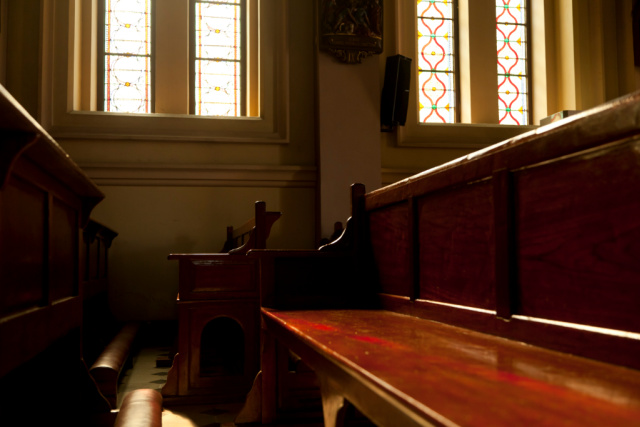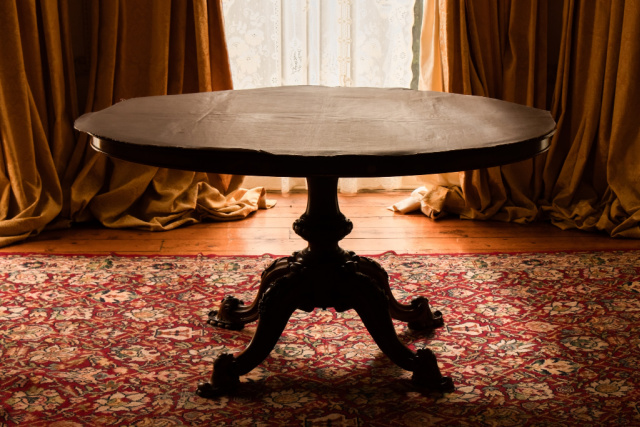Antiques from the past quietly turn back the clock to bygone days. Nostalgia wafts in the air as the musty scent of age-old rarities fills your senses. And soon, you realize that antiquing is less about a point in time and more about timelessness. Be it a wise old Satinwood chest of drawers or an elaborate Rosewood cabinet that stood the test of time, these old keepsakes possess an eternal charm.
"The intriguing comfort of an imagined past, is entered through objects. The same way we continue the presentbut without nostalgia." [1]
As a collector, you may be looking for stories, an element of Deja Vu, or a valuable treasure to cherish; here are a few things to remember before you begin antiquing:
-
What are antiques?

Antique dealers and collectors agree that objects over 100 years old are classified as antiques. These items represent a gone era or time in human society. Indeed, nothing tells tales like an antique. Antiques are often valued based on their novelty, historical significance, and aesthetics. Often, they illustrate a certain degree of artisanship, design, and functionality. Quite a few antiques become family heirlooms, passed down the generations.
-
The key to buying antique pieces

Whilst buying antiques, it is essential to acquire the pieces you wish to live with. Curios and rarities with tales etched upon their musty surfaces for you to read every day in the comfort of your home. This is why the best possible advice to beginner collectors would be to buy what you love. Before you delve into the piece's historical significance, time period, and provenance, make sure you know how it makes you feel.
-
Spotting real antiques

Wood usually determines the age and authenticity of an antique. Certain wood types gained prominence in specific time periods by different makers. For example, the year 1720 saw an uprising in walnut, a dark wood rather fancied by Europeans and colonists. This wood type was often showcased in graceful Queen Anne tables and chairs along with utilitarian colonial benches and cupboards. The mid-18th century saw the emergence of mahogany as a popular choice for formal furniture with elaborate dining and drawing room pieces. While many antiques, old and new are carved in oak. This gained immense popularity in Europe prior to 1700, followed by America in the 1900s. Do remember that artists of pre-20th century furniture did not use plywood or particle board.
-
Aging an antique

Make sure you also pay attention to the color and condition of the wood. Wood tends to darken and shrink with age. Because wood shrinks with time, antiquated furniture may appear misshapen. A tabletop that was once round, ends up looking a bit oval with great age. Another indicator of age would be wooden pegs jutting out from the surface of a cabinet side or a chair leg. Now, various cutting and sanding tools leave behind clues to the era in which an antique piece of furniture was made. Straight, irregular saw marks reveal pre-1830 hand-cut wood. While circular cuts belong to the 1850s. Hence, studying how wood ages over time doesn't just reveal the antique's authenticity but also its age.
-
Authenticating antiques

In order to authenticate an antique, you must look for its maker's signature. You will usually find these inscribed with a pencil, chalk, or ink in an unassuming place such as a drawer bottom. While a potter's name or initials may be carved into stoneware. In the case of glass items, ceramics, or metals, examine the bottom for identifying marks. Also, documents that trace antiques back to their provenance adds value and further authenticates the piece. These documents could comprise stories, memoirs, letters, diaries, and old photographs indicating a certain time in history.
-
Preserving antiques

Antiques are valued based on their authenticity, original parts, and finishes that set them apart from altered antiques. This is why you must think in terms of restoration and not renewal. And even as you can make certain repairs, keep in mind that an antique's charm lies in the dings and wear that come with age. Be it a cabinet that creaks with wisdom or the musty scent of old books, you experience the thrill of owning an imagined past. However, some antiques require special care. Old rugs and carpets are less prone to damage if displayed on walls rather than floors. While antique books, manuscripts, sheets, and papers must be stored upright on shelves, huddled closely together. Old photographs must be tucked away in archival boxes and envelopes and only handled while wearing white cotton gloves.
If handled with care, antiques reward you with years of enjoyment and a significant increase in value. Now that you are aware of the A, B, and Cs of antiquing, we urge you to begin your antique adventure this new year.
References
[1] The Appeal of Antiques by Allan Peterson